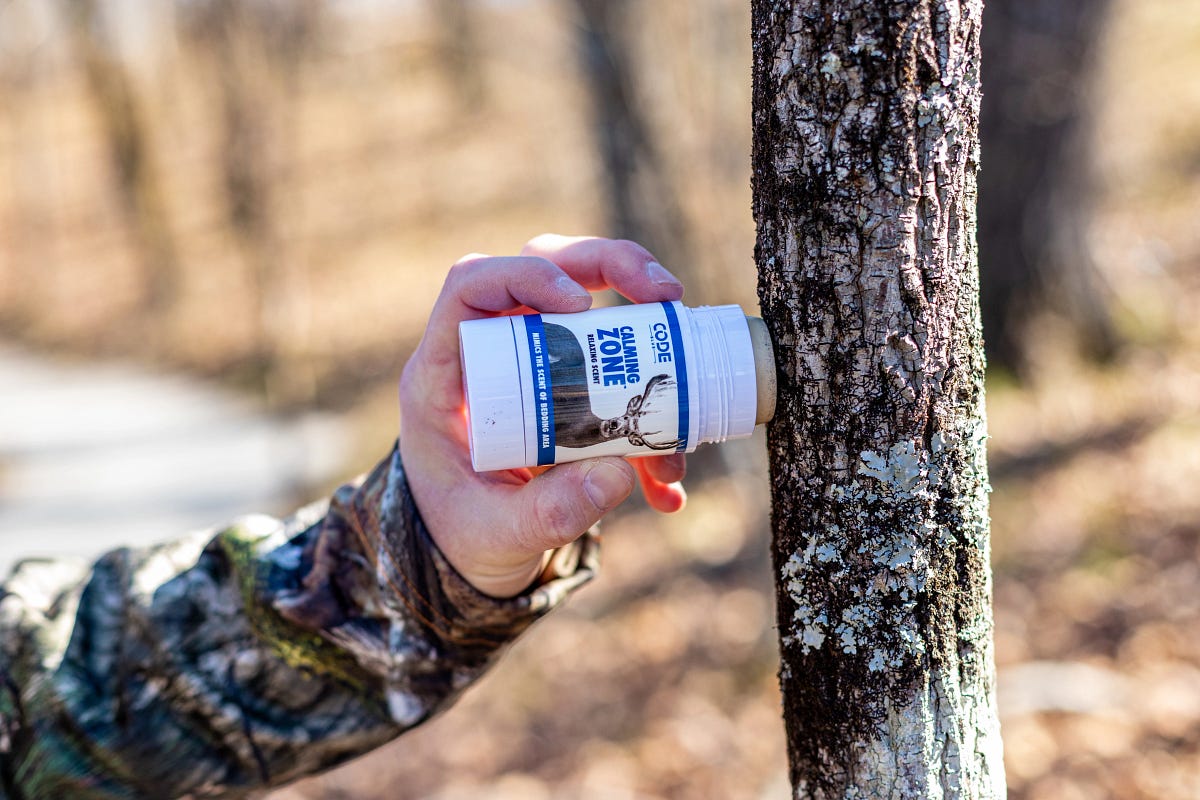- Jan 17, 2019
Create a Calming Zone
What’s the most important deer you’ll see during any late-season hunt? The first one that comes into range.
Get a deer in range, particularly when hunting a primary food source, and odds are good others will follow…unless that deer spooks.
I don’t care to recall the number of times I’ve had a good buck entering an ag field food source during the late season only to have a young buck or doe ruin the setup by getting in range and spooking. And this happens even when I have the wind in my favor. I don’t know for certain that deer have a special sense that tells them when danger is nearby, but they sure seem to know what’s up after weeks of intense hunting pressure.
Fake It ’Til You Make It |

I like to use decoys when hunting big ag fields, especially when the deer using those fields haven’t shown a consistent pattern of entry. It seems late-season deer enter a field and set up shop in different areas each evening. The first deer to enter the field often dictate where subsequent deer will end up.
By using a group of decoys, I can often steer deer into a certain part of the field. But any time you use decoys, you invite trouble. Deer will not simply rely on their eyes. Obviously, they’ll see the decoys and see “deer,” but they’ll also expect to smell deer when they see those decoys. And that’s where Code Blue’s Calming Zone scent comes into play.
Calming Zone is a stick scent that smells like a herd of deer. It’s not just a urine-based scent, but a formulation that mimics the smell of a bedding area where deer have spent considerable time.
Why would this work in a field situation? Because late-season deer congregate in specific areas when feeding on primary food sources and they spend considerable time there. Calming Zone is also more pungent than plain urine products, and its stick application means the scent lasts longer, too. Another benefit of the Calming Zone during the late season: Since it’s not a liquid, it’s not as easily impacted by extremely cold temperatures.
How to Use It |

I like to break a few thumb-sized branches from a nearby tree and push them into the ground around the decoys. Then I smear the Calming Zone onto the sticks. The end result is what appears to be a group of deer feeding — and smells like a group of deer feeding.
If I’m bowhunting, I’ll keep the decoys at about 15 yards. If any deer tries to circle the decoys (which happens about a third of the time), it will still be in bow range if I decide it’s a deer I want to take.
When using a gun, I’ll place the decoys at about 50 yards and will add additional scent sticks a bit closer to my stand to help cover any ground scent I may have left when entering my stand location. —Tony Hansen
About the Author: Tony Hansen manages for and hunts mature whitetails in his home state of Michigan, where sweating the details is the only way to succeed. When not hunting his own properties, he can be found pursuing deer on public land throughout the whitetail’s range. Tony’s writings have appeared in Outdoor Life, Traditional Bowhunter, North American Whitetail, and Bowhunter.






